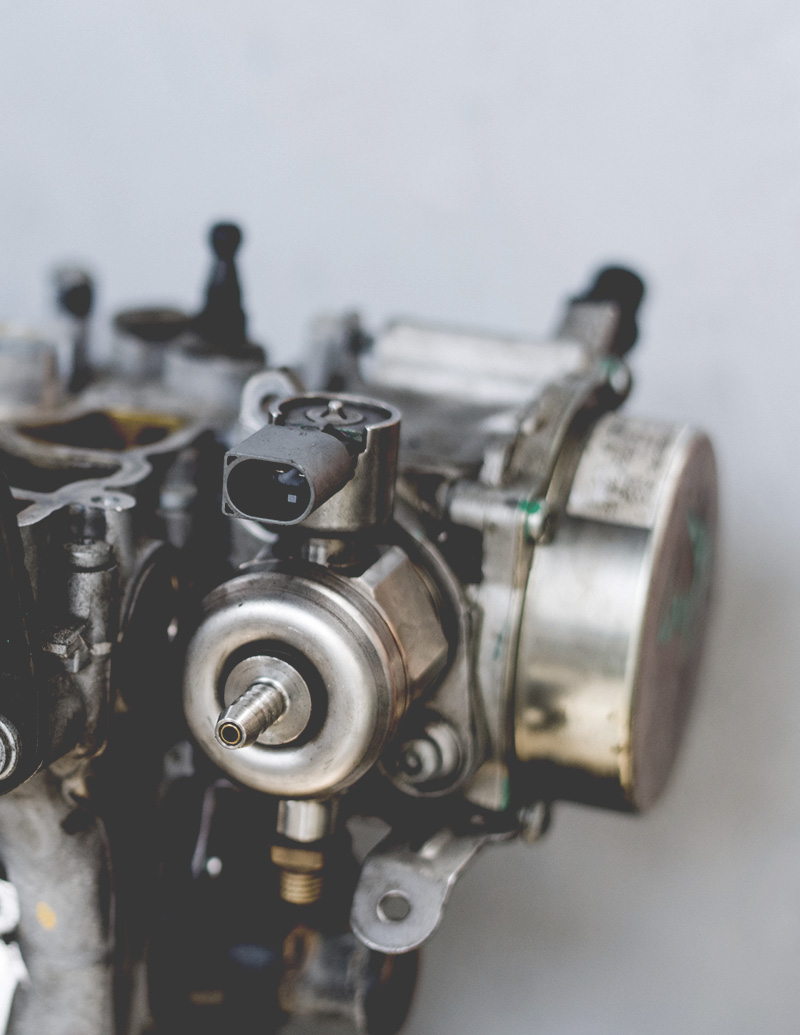Full Service Coverage
Repair. Maintenance. Service. Since 1983
We Got You Covered
Vehicle Systems
Bowlin’s Automotive recommends a service interval schedule with general guidelines for the regular maintenance of passenger cars, mini vans, pickups and SUVs. Below is a breakdown of the vehicle systems that require regular maintenance.
BELTS AND HOSES
BRAKE SYSTEM
EMISSION SYSTEM
ENGINE
ENGINE COOLING SYSTEM
EXHAUST SYSTEM
FILTERS AND FLUIDS
FUEL SYSTEM
LIGHTING AND WIPERS
TRANSMISSION
STARTING, CHARGING AND BATTERIES
STEERING AND SUSPENSION
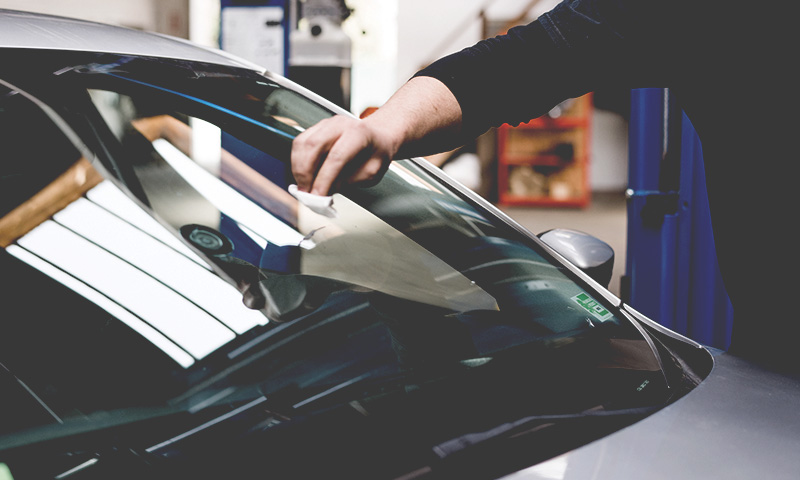
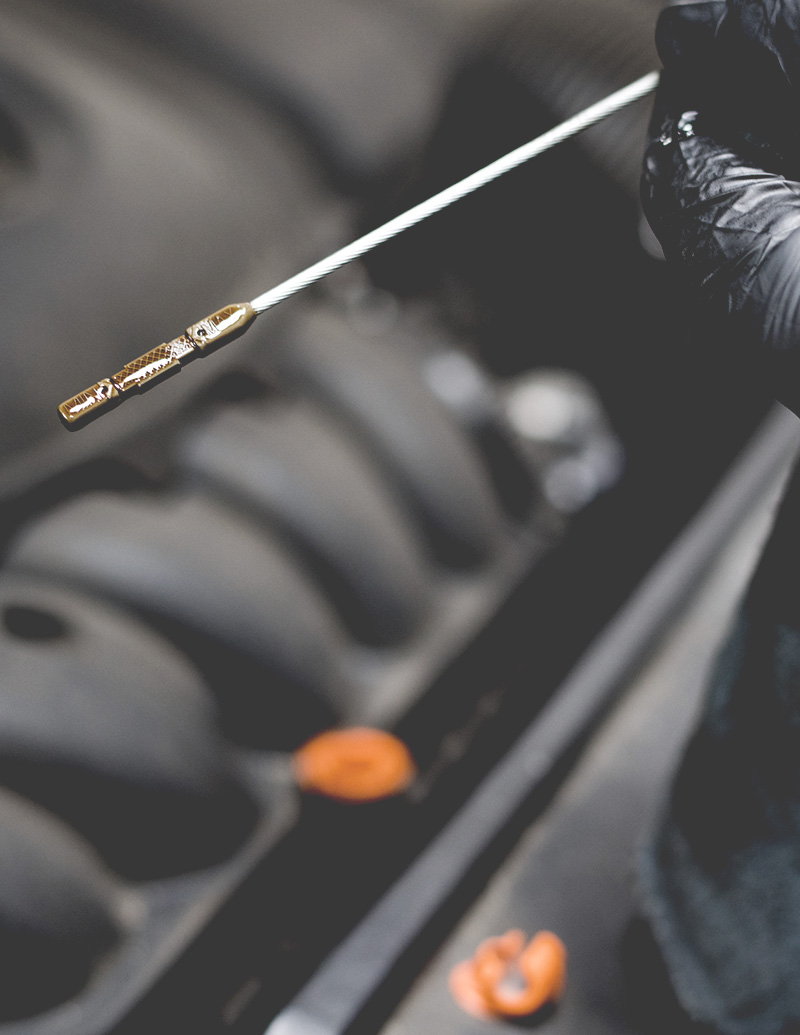
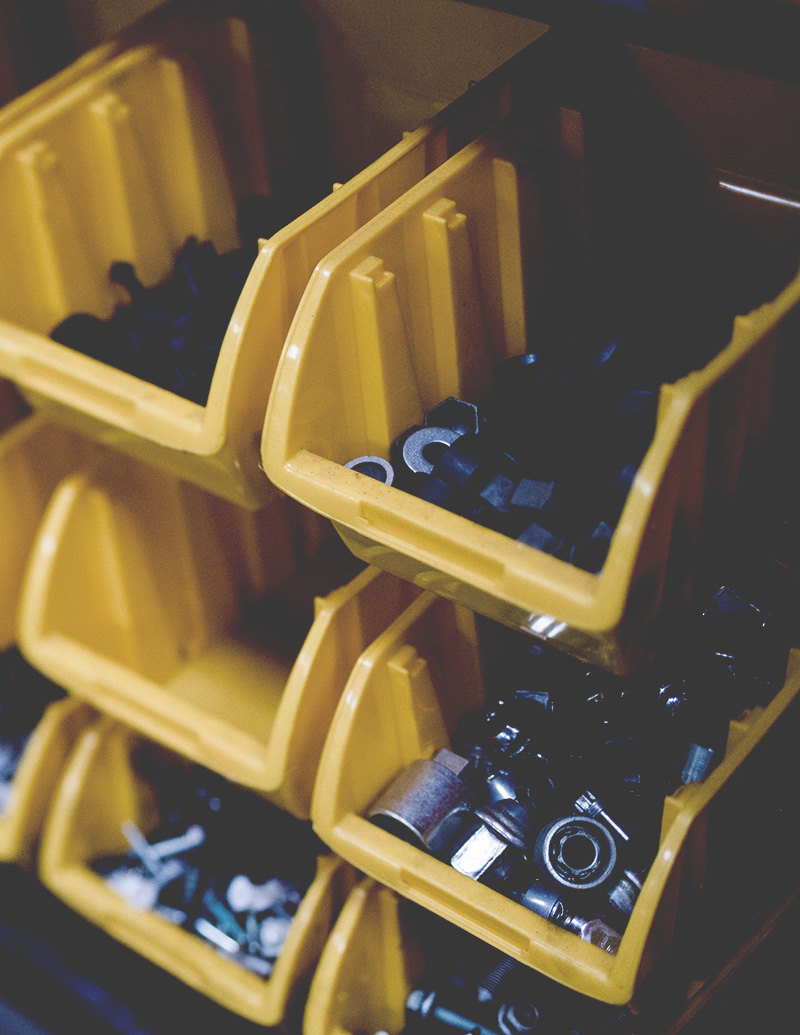
Engine Servicing
When a car or truck suffers major engine damage, the first reaction of most vehicle owners is to buy a new or used car or truck. This makes sense in some cases, but often, it isn’t necessary. Repowering your car or truck’s worn out engine with a rebuilt/remanufactured engine can also be considerably less expensive than buying a new or used car.
EMISSION SYSTEM
Your car’s emission system keeps the engine running cleanly and efficiently in all sorts of operating conditions. If your car’s engine isn’t performing up to par or the “Check Engine” light goes on, have it inspected immediately. Failure to do so can reduce your mileage per gallon of fuel or cause your vehicle to pollute.
BRAKE SYSTEM
Your car’s brake system is its most critical safety system and you should check it immediately if you suspect any problems. A properly operating brake system helps ensure safe vehicle control and operation under a wide variety of conditions.
Some of Our Services
Experience the advantages that our independently owned service center offers you.
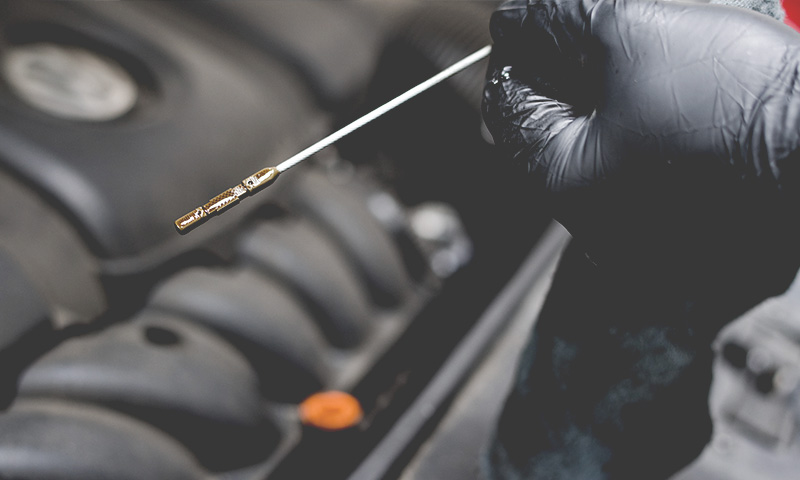
FILTERS AND FLUIDS
What is it?
Your car’s filters are important to the longevity of your car and interior comfort. Maximize your car investment by replacing filters regularly.
What does it do?
The oil filter traps contaminants, allowing the oil to flow through the engine unrestricted. The fuel filter separates harmful contaminants that may cause problems with carburetors or intricate fuel injectors. The air filter traps dirt particles, which can cause damage to engine cylinders, walls, pistons and piston rings. The air filter also plays a role in keeping contaminants off the airflow sensor (in fuel-injected cars). The cabin filter helps trap pollen, bacteria, dust and exhaust gases that may find their way into a car’s ventilation system.
Typical Wear and Tear
Filters are normal wear items that require regular checks and replacement. Factors that affect replacement intervals include:
• Mileage
• Driving habits
• Driving and road conditions
• Type of filter
• Vehicle type
Symptoms
• Poor gas mileage
• Hesitation while accelerating
• Musty odor in the cabin

BRAKE SYSTEM
What is it?
Your car’s brake system is its most critical safety system and you should check it immediately if you suspect any problems. A properly operating brake system helps ensure safe vehicle control and operation under a wide variety of conditions.
What does it do?
When you push the brake pedal, the force generates hydraulic pressure in the master cylinder. This pressure flows through the hydraulic lines and hoses to the wheel cylinders and calipers, forcing the shoes against the drums (drum brakes) and the pads against the rotors (disc brakes). The resulting friction slows the vehicle and is relative to the amount of force applied at the brake pedal.
Typical Wear and Tear
Brakes are a normal wear item for any car and eventually they’re going to need replacement. Avoid letting your brakes get to the “metal-to-metal” point, which usually means accelerating expensive rotor or drum replacement. Several factors that affect wear include:
• Driving habits
• Operating conditions
• Vehicle type
• The quality of brake lining material
Symptoms
• Car pulls to one side during braking
• Brake pedal pulsates when you apply the brakes
• Brake pedal feels “mushy”
• Noise when you step on the brake pedal
• Repeatedly need to add brake fluid to the master cylinder
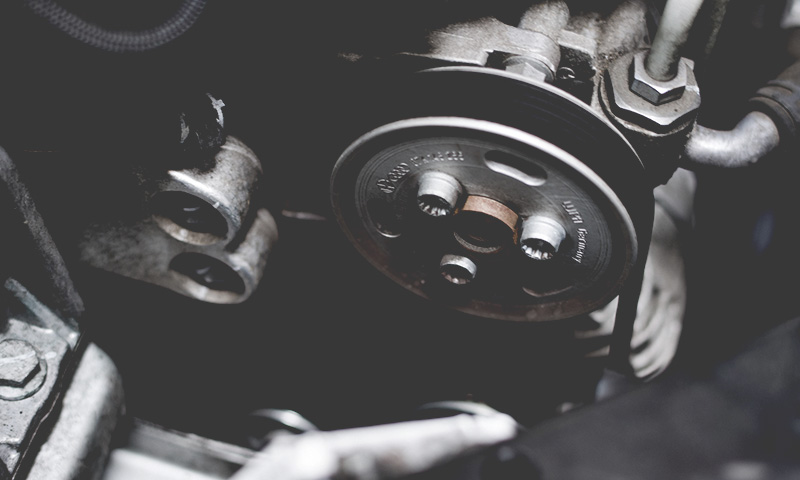
BELTS AND HOSES
What is it?
Your car’s belts and hoses are essential to the cooling, air conditioning and charging systems, and the engine. Don’t take these routine replacement intervals for granted because they can break down and leave you stranded.
What does it do?
The timing belt keeps the crankshaft and camshaft mechanically synchronized to maintain engine timing. Whether serpentine, V-belt or fan belt (the belts on the outside of the engine), they all transmit power from the front of the engine to accessories that need to be driven, such as the air conditioning, the charging system and fans. Radiator and heat hoses carry coolant to and from the engine, radiator and heater core.
Typical Wear and Tear
Key items that affect the replacement interval for belts and hoses:
• Vehicle age
• Electrolytic corrosion
• Mileage
• Oil contamination
• Belt tension
• Failed hose clamps
Symptoms
• Squeaking noise from under the hood during start-up or operation
• Coolant leaks
• Dashboard light will illuminate

EMISSION SYSTEM
What is it?
Your car’s emission system keeps the engine running cleanly and efficiently in all sorts of operating conditions. If your car’s engine isn’t performing up to par or the “Check Engine” light goes on, have it inspected immediately. Failure to do so can reduce your mileage per gallon of fuel or cause your vehicle to pollute.
What does it do?
Your car’s emission system controls the emissions, exhaust and pollutants using an array of sensors, computerized engine controls and the exhaust components. The emission system substantially reduces harmful gases such as carbon monoxide (CO), unburned hydrocarbons (HC) and oxides of nitrogen (NOx), and prevents harmful gasoline vapors from escaping at the fuel tank.
Typical Wear and Tear
Some factors affecting the emission system include:
• Driving and atmospheric conditions
• Mileage
• Vehicle age
• Type of spark plug electrode material
• Maintenance history
• Poor spark
• Bad fuel
• Damaged or worn sensors
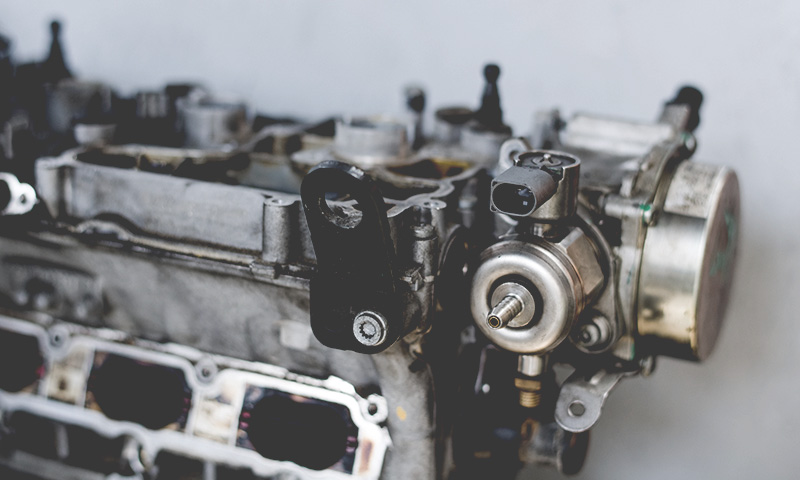
ENGINE
Rebuilt Engine
When a car or truck suffers major engine damage, the first reaction of most vehicle owners is to buy a new or used car or truck. This makes sense in some cases, but often, it isn’t necessary. Repowering your car or truck’s worn out engine with a rebuilt/remanufactured engine can also be considerably less expensive than buying a new or used car. A rebuilt engine is one that is remanufactured to prescribed standards and specifications by highly-skilled machinists using state-of-the-art equipment and components. During this process, many of the new components installed meet or exceed original equipment performance standards. Frequently, rebuilt engines are superior to new car engines because better parts are used, or design changes in parts correct problems with the original engine. Rebuilt/remanufactured engines are dependable, reliable and backed by warranty programs. A rebuilt engine gets better gas mileage than a worn-out engine and emits fewer pollutants. Engine repowering also saves energy related to processing discarded engines and cars. The savings from engine repowering is notable when compared to the prices of new cars and trucks. A rebuilt/ remanufactured engine purchased and installed at an average cost of $2500 – $3500 is a sound and attractive investment. Typically, a professionally rebuilt engine comes with a one-year or 12,000-mile warranty but some of these warranties can be as long as 36 months or 36,000 miles. Check with your local repair shop for information on their rebuilt engines and warranty programs.
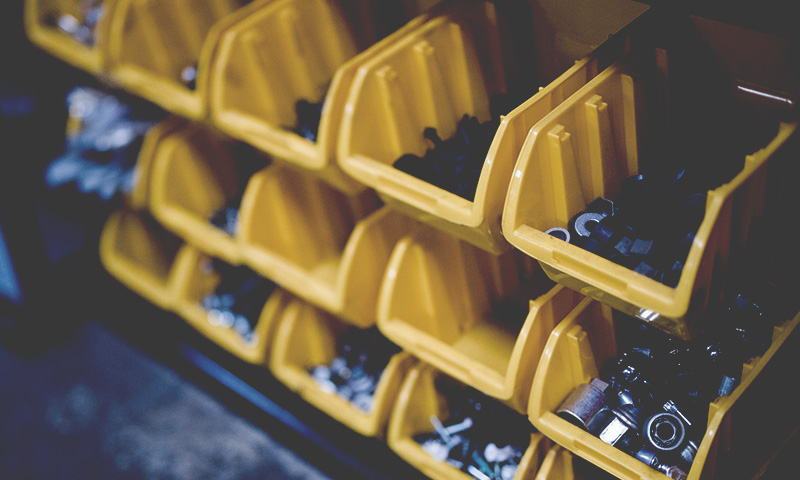
ELECTRICAL SYSTEMS
What is it?
Your car’s starting and charging systems, and the battery help ensure dependable vehicle operation whenever you drive your car and in all sorts of driving conditions. Make sure to check these systems regularly.
What does it do?
The battery stores electrical energy and the starter converts that energy into mechanical force to turn the engine for starting. The alternator produces electric current to replace what the starter used during start-up and to support electrical loads when the engine is running. An ignition module turns the low-voltage supply to the ignition coil on and off, and the coil produces the high voltage for the ignition system. This creates a spark at the spark plugs and ignites the air/fuel mixture in the engine. A belt transmits power from the front of the engine to the alternator’s pulley, along with other accessories.
Typical Wear and Tear
Driving habits such as frequent engine on/off cycles will cause more wear on the starter than a simple trip back and forth to work. Other factors include:
• Driving and weather conditions
• Mileage
• Vehicle age
• Excessive electrical draws like in-vehicle entertainment systems
Symptoms
• Headlights and interior lights dim
• “Check Engine” and/or battery light may come on
• Accessories fail to operate

